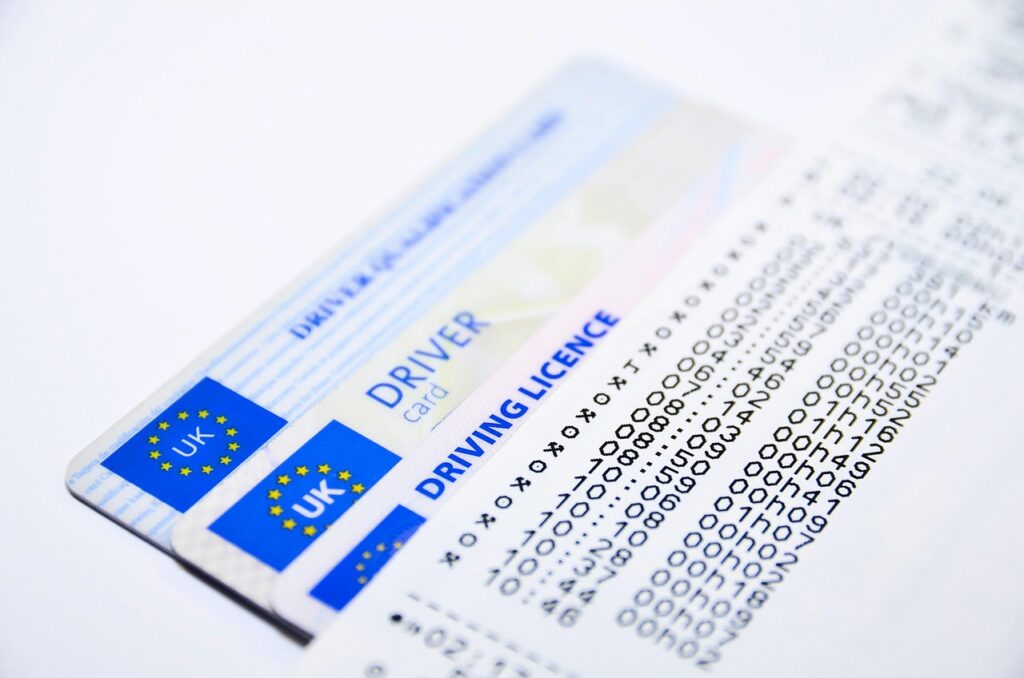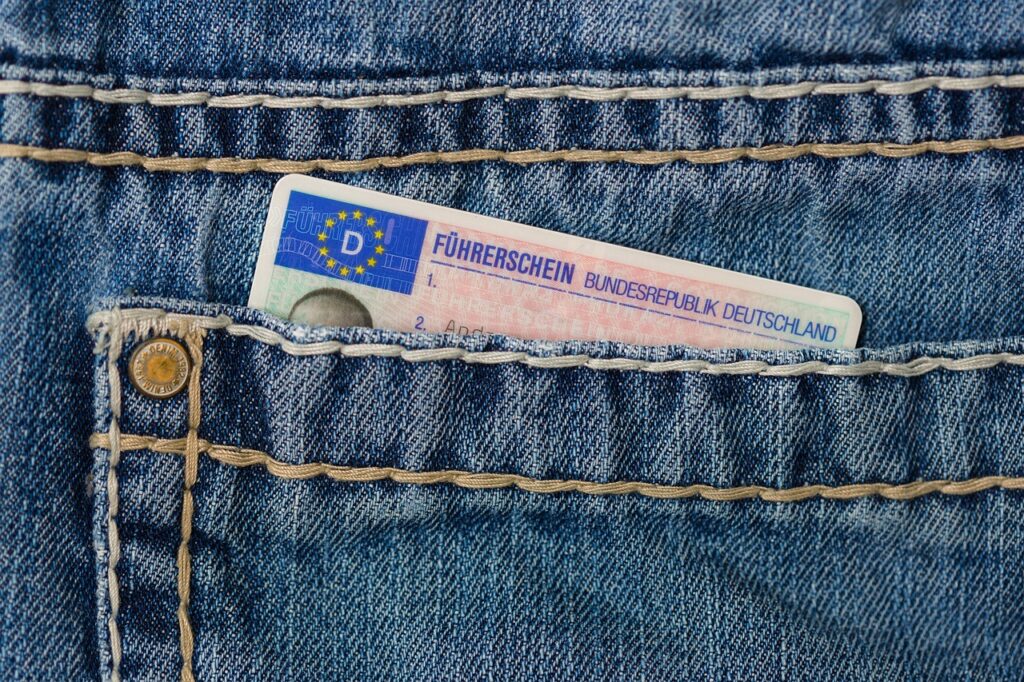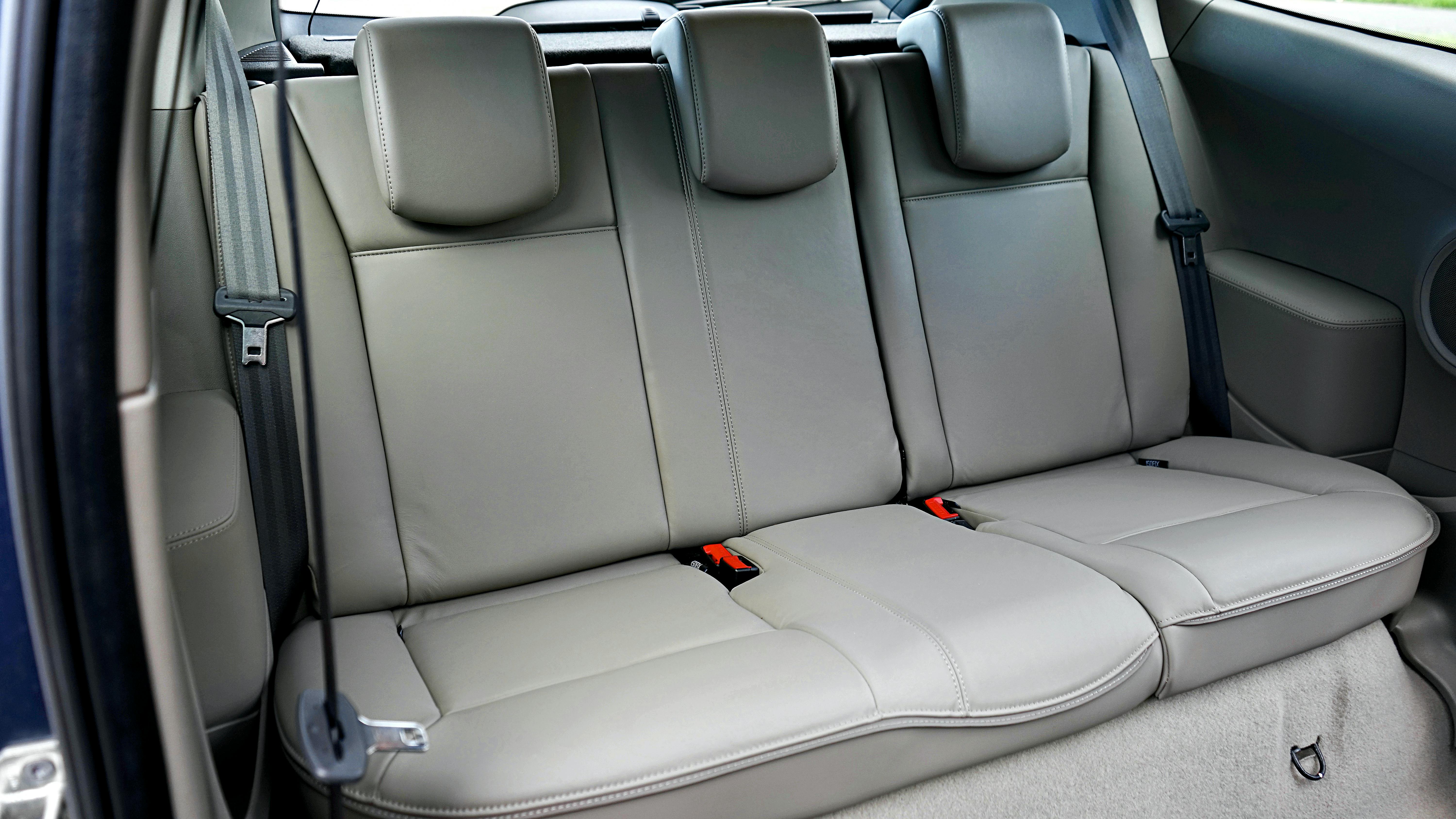
Getting your driver’s license suspended in California can feel like hitting a major roadblock in your daily life, immediately impacting your ability to commute, handle responsibilities, and maintain independence. The initial shock and frustration are completely understandable, but it’s crucial to remember that a suspension is typically a temporary measure, not a permanent end to your driving privileges. This challenge comes with a clear pathway to resolution, and understanding each step is your most powerful tool for regaining control.
The California Department of Motor Vehicles (DMV) has established specific, actionable procedures for driver’s license reinstatement. While the process might appear complex at first glance, our aim here is to demystify it, breaking down each requirement into clear, digestible steps. By focusing on practical, problem-solving information, we want to empower you to navigate this journey efficiently and effectively, ultimately helping you get back on the road with confidence.
In this in-depth guide, we’ll address the most pressing questions you might have about reinstating your license in California. We’ll delve into everything from the immediate possibilities of a restricted license and the varying lengths of suspension periods, to the precise conditions and detailed application processes required for full reinstatement. Our goal is to provide you with comprehensive, straightforward guidance, ensuring you have all the essential information to reclaim your driving independence and move forward successfully.

1. **Can I get a restricted license in California?**Facing a license suspension can make daily life incredibly challenging, and one of the most immediate concerns for many is whether any driving privileges can be salvaged. In California, there’s often a ray of hope through the option of a restricted license. This isn’t a full reinstatement, but it’s a vital interim solution that allows you to drive under very specific, limited conditions, helping you maintain essential activities like work and required educational programs.
The primary purpose of a restricted license is to support your ability to fulfill crucial obligations. Specifically, with a restricted license, you are permitted to drive to and from your workplace, during the course of your work duties, and to and from DUI school if that’s a mandatory part of your suspension requirements. This legal allowance acknowledges the practical necessities of life and aims to prevent a full suspension from completely derailing your employment or rehabilitation efforts.
To pursue a standard restricted license, the process involves a personal visit to a local DMV office to submit your application. It’s a hands-on procedure that requires your direct presence. During this application, you will be required to pay all applicable re-issue fees. Additionally, a crucial component is obtaining SR22 insurance, which serves as definitive proof of financial responsibility, assuring the state that you meet the minimum insurance requirements following your suspension.
For those whose license suspension stems from a driving under the influence (DUI) offense, there’s a possibility to secure a restricted license even sooner, often bypassing the initial 30-day waiting period. This expedited path requires specific actions: you must install an ignition interlock device (IID) at a licensed auto service center, enroll in an approved DUI First Offender Program, and then file a Proof of Enrollment Certificate, designated as Form DL-107. These steps demonstrate a commitment to responsible driving and compliance.
The California DMV is proactive in assisting drivers through this process, providing readily available information on approved IID providers. This ensures that you can easily locate a legitimate service center for installation, fulfilling a key requirement for your restricted license. Understanding these options for a restricted license can significantly ease the burden of a suspension, allowing you to continue essential aspects of your life while working towards full reinstatement.
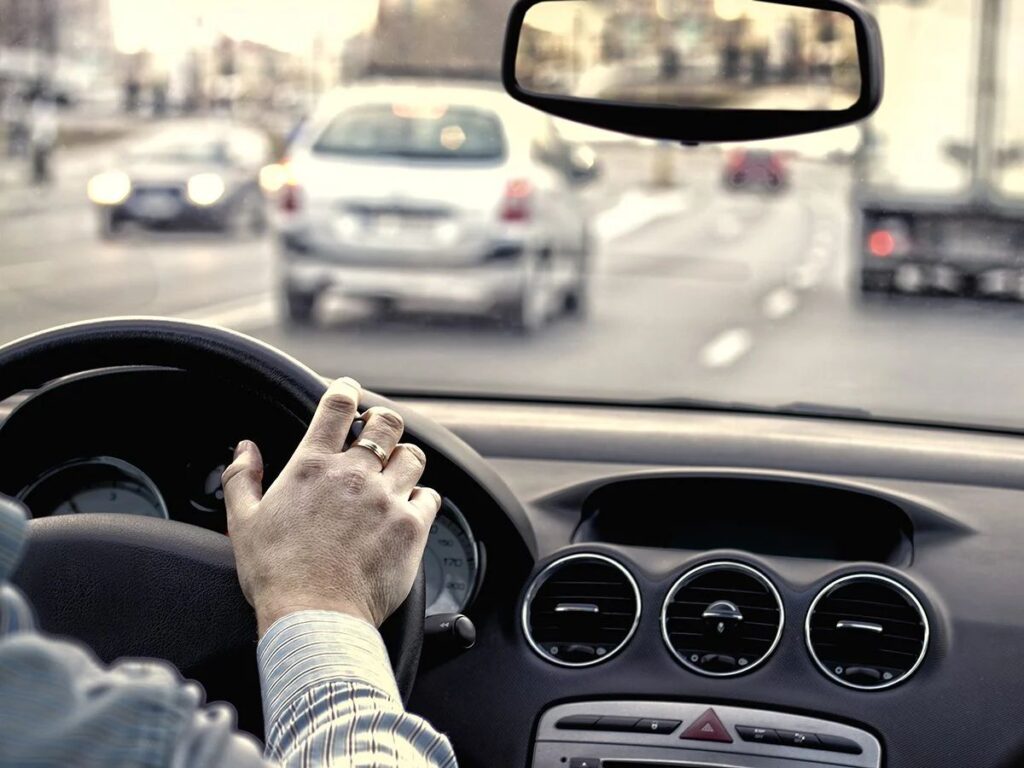
2. **How long is my license suspended for?**One of the first, and most critical, questions after receiving a suspension notice is, ‘How long will this last?’ The answer is not universal; the length of your driver’s license suspension in California is meticulously determined by the specific reason your driving privileges were withdrawn. This makes a careful review of your official suspension notice paramount, as it contains the precise duration and contributing factors for your individual case.
The severity and nature of the offense directly correlate with the suspension period. For instance, a first-time conviction for driving under the influence (DUI) typically results in a 6-month suspension. However, subsequent DUI offenses escalate rapidly: a second DUI leads to a 1-year suspension, and a third offense means a 2-year suspension. In the most severe cases, such as a felony DUI, your license could be suspended for up to 5 years, highlighting the grave implications of repeated or serious infractions.
Beyond DUI, numerous other violations trigger varying suspension lengths. If a medical condition renders you unsafe to drive, your license remains suspended indefinitely until you can provide verifiable proof that you no longer pose a risk on the road. The accumulation of too many negligent operator points on your driving record, specifically 4 points within a 12-month period, will result in a 6-month suspension, coupled with a 1-year probation period. This suspension typically takes effect 34 days after the DMV sends you the official Order of Probation/Suspension.
Suspensions can also arise from non-driving-related compliance issues. For example, failing to meet child support payment obligations will keep your license suspended until you have either paid the outstanding arrears or successfully entered into a structured payment plan. Similarly, if your suspension is tied to unpaid taxes, your license will remain suspended until those taxes are settled, an installment plan is formally arranged, or a current financial hardship is officially established with the relevant authorities.
Even serious criminal acts involving vehicles carry significant consequences for driving privileges. Vehicular manslaughter, for instance, typically leads to a substantial 3-year license suspension. Each of these scenarios underscores the importance of not only understanding the initial cause of your suspension but also recognizing that the path to resolution and the timeline involved are uniquely tailored to your specific violation, making your suspension notice an indispensable guide.
Read more about: Your Ultimate NYC Foodie Bucket List: 14 Must-Visit Restaurants That Are Absolutely Slaying the Culinary Scene!
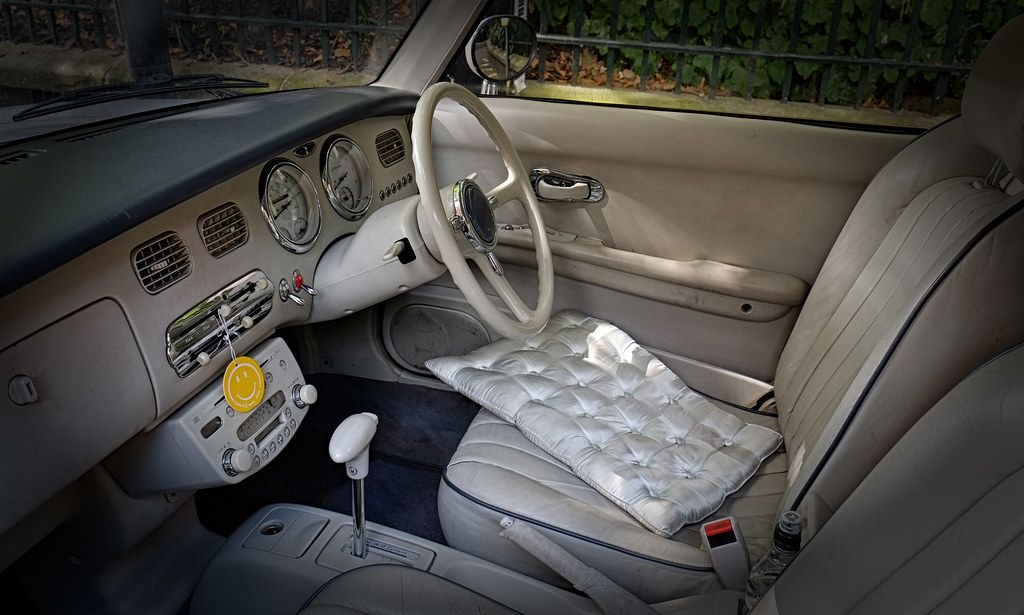
3. **What are the conditions for getting my license reinstated?**Simply waiting for your suspension period to elapse is only the first step on the road to regaining your driving privileges. To truly become eligible for a license reinstatement in California, you must thoroughly complete all the specific requirements detailed in your official license suspension notice. This document is your ultimate checklist, outlining the precise stipulations you need to fulfill based on the offense that led to your suspension.
The conditions for reinstatement are not standardized; they are intricately linked to the nature and severity of your particular offense. The DMV meticulously details these requirements, making it absolutely crucial to review your suspension notice with careful attention. It’s more than just serving time; it’s about demonstrating proactive steps to address the underlying issues and proving to the state that you are ready to operate a vehicle safely and responsibly once again.
Among the most common reinstatement requirements are educational or rehabilitative courses. Depending on your situation, this could involve completing a drug or alcohol education course, attending a full alcohol or drug rehab program, or successfully finishing DUI school. For other infractions, you might be mandated to take a defensive driving class or a driver’s education course, or complete traffic school – though it’s important to remember that traffic school can only be utilized once every 18 months to clear a point.
Beyond educational mandates, other tangible actions may be required. This could include paying any outstanding fines associated with your offense, or, if your suspension was due to certain DUI-related issues, getting an ignition interlock device (IID) installed in your vehicle. For suspensions related to medical fitness, you would need to file a Driver Medical Evaluation (DME) that definitively shows you can now drive safely, providing reassurance to the DMV about your capabilities.
In some instances, the conditions might extend to performing community service or even serving any required jail time, depending on the severity of the criminal offense. Each of these stipulations, whether it’s a course, a payment, a device installation, or community service, represents a non-negotiable step. Providing verifiable proof of completion for all these requirements is essential; without it, your license will not be reinstated, regardless of how long the suspension period has passed.

4. **What is the process for applying for a license reinstatement?**Once you’ve diligently completed your mandatory suspension period and meticulously fulfilled all the specific stipulations for reinstatement, you’ve reached a pivotal moment: it’s time to officially apply to get your license back. This final application isn’t just a simple form; it’s a comprehensive submission that requires precise documentation and payment of applicable fees to successfully restore your driving privileges in California.
Your application must be thorough, encompassing irrefutable proof that you have indeed completed every single reinstatement stipulation. This could range from certificates of course completion to records of community service or official medical evaluations. Furthermore, a critical component is providing robust proof of insurance and financial responsibility. For many, this means filing a Form SR-22 from your insurance company, which formally certifies that you meet the state’s minimum liability insurance requirements, a non-negotiable step for many suspension types.
Beyond documentation, there are essential license reissue fees that must be settled. These fees are not fixed but vary based on the specifics of your suspension. For example, if you are 21 or older, an admin per se reissue fee of $125 applies; for those under 21 (zero tolerance), this fee is $100. A DUI reissue fee is typically $55, with additional charges such as a $15 fee for adding a court restriction for a second DUI offender, or a $20 fee to remove such a restriction. Always consult your official suspension notice to confirm the exact amounts applicable to your unique situation.
The reinstatement process also commonly involves a standard $14 reinstatement fee. It’s important to note that if you opt to pay any fees online using a credit or debit card, a processing fee might be applied to the transaction. While some of these fees can be conveniently paid in advance via the DMV webpage or by mailing a check or money order, the final submission of your reinstatement application generally requires a personal visit.
The most efficient way to finalize your reinstatement is to visit a California DMV field office in person. Once all your conditions have been satisfied, and you arrive with all necessary documents and payments, the DMV should be able to process your request and reinstate your license the same day. This in-person application ensures immediate confirmation and allows you to walk out with your driving privileges restored, truly getting you back on the road efficiently and without further delay.
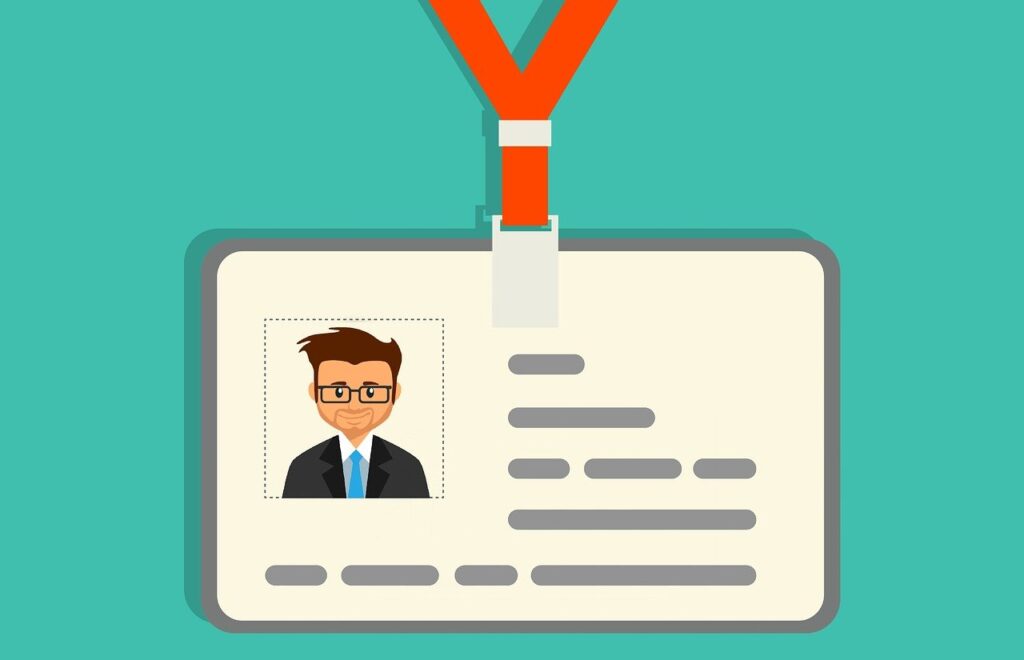
5. **What are some common reasons to suspend my driving privileges?**Understanding why your driver’s license was suspended is the critical first step toward getting it back. In California, there’s a wide array of actions that can lead to the temporary withdrawal of your driving privileges, ranging from serious criminal traffic offenses to non-driving-related compliance issues. The California Department of Motor Vehicles (DMV) meticulously tracks these infractions, and knowing the specific cause of your suspension is paramount because it dictates both the duration of the suspension and the precise steps you’ll need to take for reinstatement.
Many suspensions stem directly from violations committed while operating a vehicle. Common examples include driving under the influence (DUI), which is a significant factor in license suspensions, and other serious criminal traffic violations such as hit-and-run incidents, vehicular manslaughter, reckless driving, or attempting to evade police. Even driving without insurance can lead to a suspension, as can refusing to submit to an evidentiary breath or blood test when suspected of a DUI. These offenses are treated with severity and carry distinct pathways for resolution.
Beyond these overt violations, your license can also be suspended for accumulating too many points on your driving record from minor traffic infractions, like repeatedly disobeying traffic signals. The Negligent Operator Treatment System (NOTS) tracks these points, and accruing 4 points within 12 months, 6 points in 24 months, or 8 points in 36 months will trigger a suspension. Non-driving issues, such as failure to pay child support or medical conditions that render you unsafe to drive (like dementia or a lapse of consciousness), are also common reasons, often requiring resolution of the underlying issue before reinstatement is possible.
Other less obvious but equally impactful reasons for suspension include repeated identical traffic offenses, often termed “habitual offense,” failure to report an accident, or underage drinking. Each of these scenarios requires a tailored approach for reinstatement. For instance, a DUI suspension typically mandates completion of DUI school, while a medical suspension demands verifiable proof that your condition is managed or resolved, ensuring you no longer pose a risk on the road. Knowing your specific suspension type is key to efficiently navigating the path to reinstatement.
6. **What if it was a revocation?**It’s crucial to understand a significant distinction in California: a driver’s license suspension is not the same as a revocation, sometimes referred to as a cancellation. While a suspension is a temporary withdrawal of your driving privileges with a clear path to reinstatement, a revocation means your driving privileges have been permanently terminated. This isn’t a situation where you can simply wait out a period and apply for reinstatement; instead, you must go through the comprehensive process of applying for a *new* license from scratch.
A license can be revoked for a number of very serious reasons, reflecting a termination of trust in your ability to drive safely and responsibly. Common grounds for revocation include committing severe crimes such as vehicular manslaughter or receiving a second or subsequent DUI conviction, indicating a pattern of unsafe behavior. Other reasons can involve having a physical or mental disorder that significantly impairs your driving capabilities, engaging in dangerous road rage, or even committing fraud during the initial application process for your driver’s license.
Similar to suspensions, revocations are typically for a specific period of time, and this duration will be clearly outlined in your official notice of revocation. However, the severity of the offense can sometimes lead to an “indeterminate” revocation, meaning there is no fixed end date, and your ability to reapply for a license will depend on proving significant rehabilitation or resolution of the underlying issues. Understanding this duration is a key step, as you cannot apply for a new license until this period has fully passed.
Once the revocation period has successfully concluded, the path to regaining driving privileges is comprehensive, requiring you to demonstrate your fitness to drive anew. This involves a rigorous re-examination process, which includes passing a written driving test to ensure your knowledge of traffic laws is current, a vision test to confirm adequate sight for driving, and a road driving test conducted by an instructor from the DMV. These steps are designed to thoroughly assess your current driving skills and understanding.
Furthermore, the DMV may impose additional requirements before a new license is issued. These often mirror some of the conditions seen in reinstatements, such as providing proof of liability insurance (often through an SR-22 form), completing any required drug or alcohol courses or rehabilitation programs if applicable to your original offense, and settling all associated court, administrative, or reissue fees. Essentially, a revocation necessitates proving you are a completely new, safe, and responsible driver before the state will grant you driving privileges again.
7. **What happens if I do not apply to reinstate my license?**It’s a common misconception that once your suspension period ends, your driving privileges automatically resume. This is not the case in California. If your license has been suspended, even if the designated suspension period has fully expired, you are legally prohibited from driving until you formally apply for and receive reinstatement. Ignoring this crucial step and getting behind the wheel can lead to severe legal consequences, as driving without a reinstated license is a serious offense.
Driving on a suspended license in California is classified as a misdemeanor crime, not merely a minor traffic violation. If you are pulled over, law enforcement can charge you under California Vehicle Code (VC) Section 14601 or VC 14601.1 (a), which explicitly makes it illegal to operate a vehicle if you are aware your license is suspended or revoked. For a conviction, the prosecutor must prove that you were driving a motor vehicle and that you knew your driving privileges were suspended or revoked. An arrest is highly likely, and the penalties are substantial.
The legal ramifications for driving on a suspended license can include significant jail time, up to three years of informal probation, and fines reaching up to $1,000. The precise amount of potential jail time is often linked to the original reason your license was suspended. For instance, driving on a license suspended for reckless or negligent driving (VC 14601) can result in between 5 days and 6 months in jail, while a DUI-related suspension (VC 14601.2) carries a penalty of between 10 days and 6 months. Habitual traffic offenders (VC 14601.3) could face up to 30 days.
Even if your license was suspended for any other reason, driving on it without reinstatement can still lead to up to six months in jail. These penalties underscore the critical importance of completing the reinstatement process. The suspension duration is merely the minimum time you must wait before you *can* apply; if you never apply, the suspension effectively continues indefinitely. If driving is not an immediate necessity, consider applying for a non-driver ID card with the DMV as a valid form of government identification.
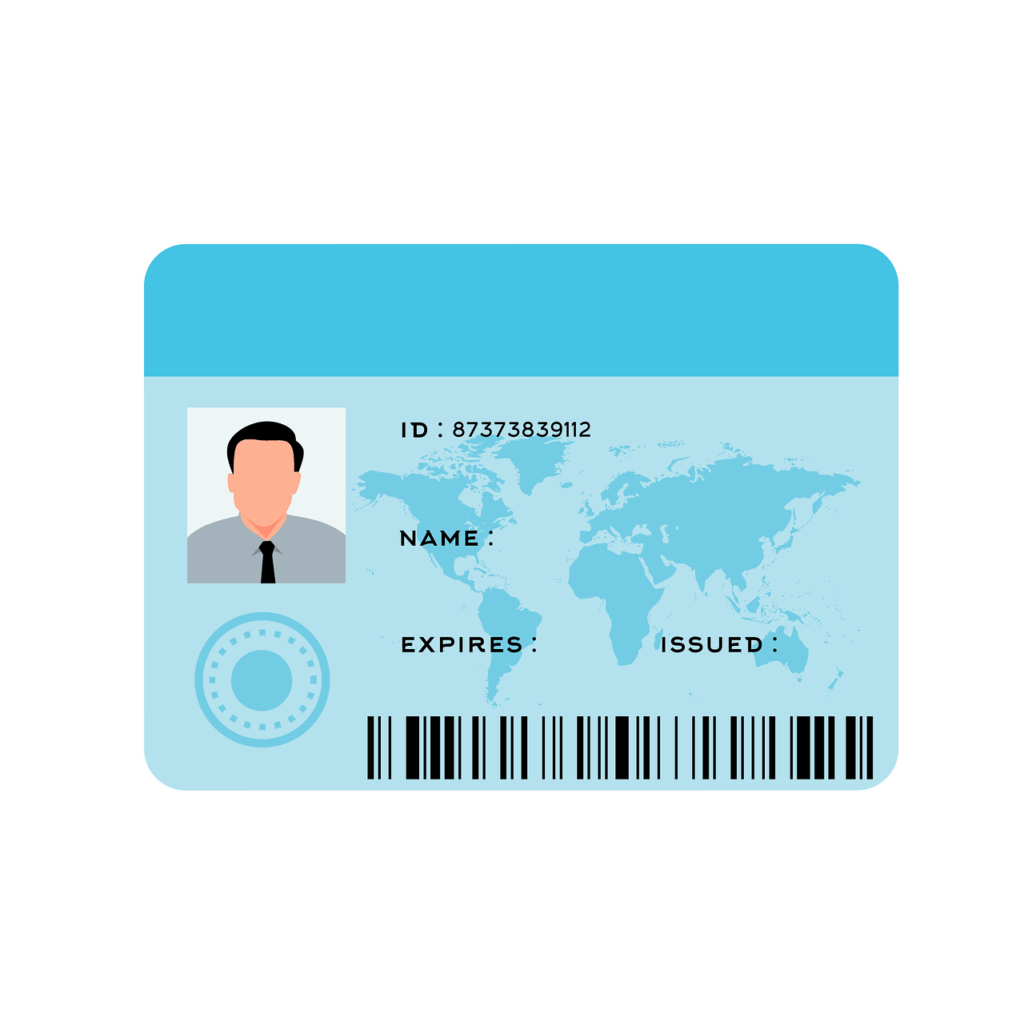
8. **What is a REAL ID?**As you navigate the process of reinstating your driver’s license in California, you might also consider upgrading to a REAL ID. A REAL ID isn’t just a standard California driver’s license; it serves as a federally accepted identification card, making it an incredibly convenient document for various essential tasks. Its most practical benefit is allowing you to board airplanes for domestic flights within the United States, replacing the need for a passport for internal travel.
If you’re already at a California DMV field office to finalize your license reinstatement, this presents an excellent opportunity to pursue a REAL ID simultaneously. It’s important to note that obtaining a REAL ID specifically requires an in-person visit to the DMV; their online services cannot be utilized for this type of identification card. This means that by completing your reinstatement in person, as is often recommended for same-day processing, you can efficiently handle both tasks at once.
To successfully apply for a REAL ID, you will need to come prepared with several crucial documents. This includes providing your Social Security number (SSN), robust proof of your identity (such as a valid passport or an original birth certificate), and verifiable proof of your mailing address. If you utilize a Post Office Box, you will need to provide proof of that as well. It’s worth noting that recent changes mean you no longer need to bring your physical Social Security Card or a W-2 form, simplifying the documentation slightly.
The beauty of combining your REAL ID application with your license reinstatement is the streamlined process. Once you have satisfied all the conditions for your license reinstatement—meaning your suspension period has ended, all required courses are completed, and fees are paid—the DMV should be able to process your request for both reinstatement and a new REAL ID driver’s license essentially immediately. This efficient approach gets you back on the road and equipped with a versatile, federally compliant identification card without unnecessary delays.
Read more about: Navigating the Fine Print: The 15 Most Important Questions to Ask About Your Tire Warranty
Successfully navigating a driver’s license suspension in California requires a clear roadmap, meticulous attention to detail, and proactive engagement with the DMV’s requirements. From understanding the nuances between a suspension and a revocation to recognizing the serious repercussions of non-reinstatement, each step on this journey is critical. By diligently following these actionable steps—from securing restricted privileges and meeting reinstatement conditions to understanding fees and considering a REAL ID—you empower yourself to move past this temporary roadblock. Reclaim your independence, stay informed, and drive responsibly, because getting back on the road safely and legally is entirely within your reach.

